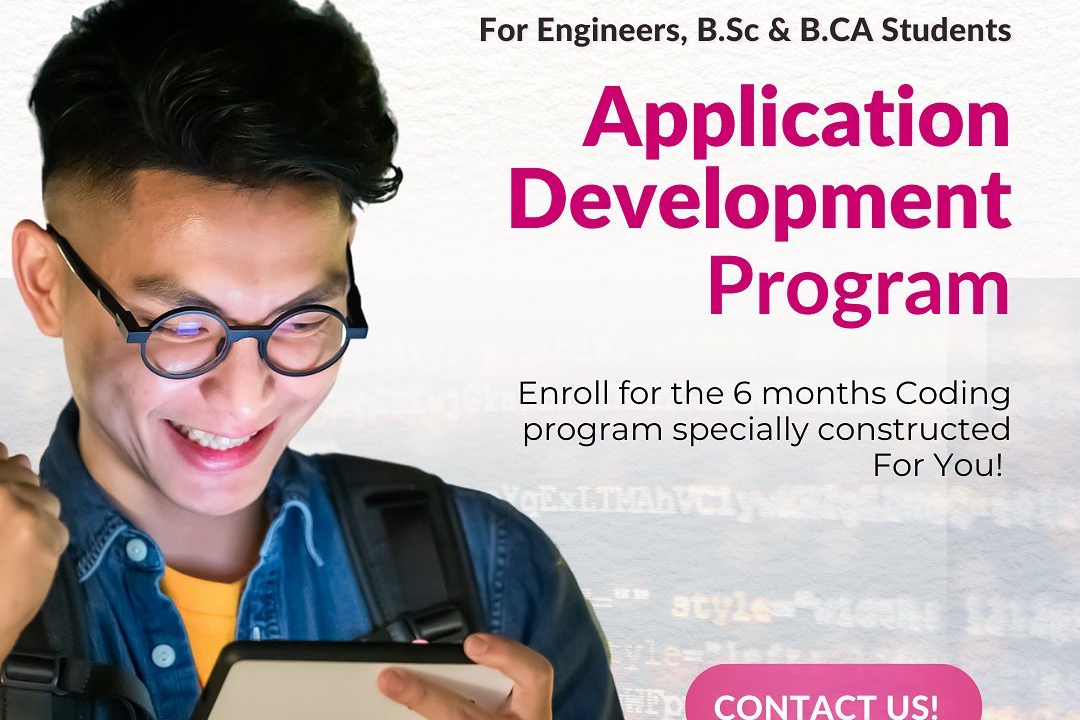Flutter Testing Strategies
Effective Strategies for Testing in Flutter
Flutter Testing Strategies
Flutter testing strategies encompass several layers to ensure the quality and reliability of applications. They typically include unit testing, which focuses on testing individual functions or methods in isolation; widget testing, which evaluates the behavior of Flutter widgets in a simulated environment to ensure they render correctly and respond to user interactions; and integration testing, which tests the complete application or a large part of it to verify that all components work together as expected. Additionally, Flutter provides a rich set of testing utilities and frameworks, such as the `flutter_test` package, that facilitate the creation and execution of these tests. Employing a combination of these testing strategies allows developers to catch bugs early, improve code maintainability, and enhance the overall user experience.
To Download Our Brochure: https://www.justacademy.co/download-brochure-for-free
Message us for more information: +91 9987184296
1 - Unit Testing: Focus on testing individual functions or methods in isolation. This ensures that each piece of code works as intended. Unit tests are typically written using the `flutter_test` package.
2) Widget Testing: Involves testing individual widgets in the Flutter app. This type of testing checks how widgets interact with each other and can verify UI elements and their properties.
3) Integration Testing: Tests a complete app or a large part of it to ensure that all components work together as expected. Integration tests can simulate user behavior in a more real world context.
4) Mocking and Stubbing: Utilize mock objects and stubs to isolate the code being tested. This is especially useful in unit and widget tests to simulate external dependencies (like APIs or databases) without needing the actual services.
5) Test Driven Development (TDD): Adopting TDD methodology allows developers to write tests before writing the actual code. This leads to better designed, more maintainable code.
6) Continuous Integration (CI): Implementing CI tools helps run tests automatically every time code is committed. This ensures that new changes do not break existing functionality.
7) Automated Testing: Use automation tools to run tests without manual intervention. Flutter provides the `flutter drive` command to run integration tests on real devices or emulators.
8) Performance Testing: Test how the app performs under various conditions (e.g., high user load or limited network conditions). Use Dart's benchmark testing tools to evaluate performance.
9) End to End Testing: Confirms that the application behaves as expected from start to finish. E2E tests simulate user scenarios in the application and check overall functionality.
10) Accessibility Testing: Ensures that the application is accessible to users with disabilities. This includes testing for proper screen reader support, color contrast, and keyboard navigation.
11) Visual Regression Testing: Tools like `flutter_test` allow you to capture screenshots of UI to compare against baseline images. This ensures that visual changes do not inadvertently affect the app’s layout.
12) Code Coverage: Measure the percentage of the codebase that is tested. Tools like `lcov` can be used to generate coverage reports, showing which parts of your code are covered by tests.
13) Behavior Driven Development (BDD): Encourage writing tests in a language that can be easily understood by non developers. This involves using tools like `flutter_gherkin` for BDD style tests.
14) Test Environment Setup: Discuss the importance of setting up a proper testing environment. This often includes configuring test databases, mock servers, and setting up different testing configurations.
15) Error and Exception Handling: Teach students how to write tests that verify the app’s behavior when it encounters errors or exceptions. This ensures that users have a robust experience even when things go wrong.
16) Debugging Tests: Cover techniques for debugging failed tests, including using IDE debugging tools and logging to understand what went wrong during a test execution.
These points can serve as a comprehensive curriculum for a training program on Flutter testing strategies. Each point includes practical elements that students can apply to enhance the quality and reliability of their Flutter applications.
Browse our course links : https://www.justacademy.co/all-courses
To Join our FREE DEMO Session: Click Here
Contact Us for more info:
Flutter Training in Theni Allinagaram
ALTERYX DESIGNER
Flutter Training in Kakinada
tableau course for beginners
best java training institute in trichy











